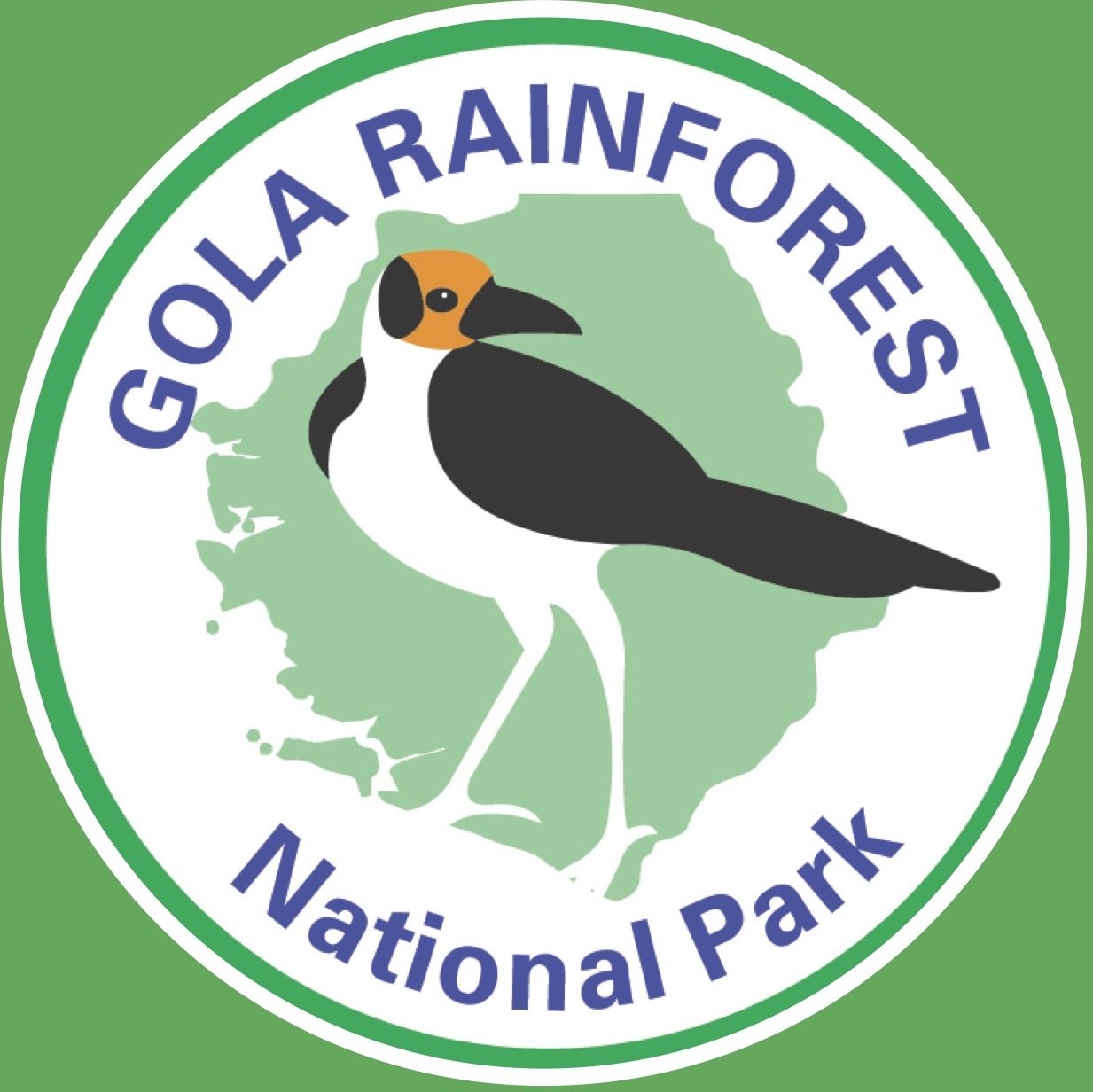Gola Communities
The park sits within 7 chiefdoms: Malema, Gaura, Nomo, Tunkia, Koya, Barri and Makpele, with a combined population of about 140,000.
Within these 7 chiefdoms, there are 122 communities living directly adjacent to the Gola Rainforest National Park, in the so-called ‘Leakage Belt’. These Forest Edge Communities describe themselves as poor and the vast majority lack basic amenities and services such as latrines, clean water supply, healthcare and education. The majority of forest edge communities are quite remote and located at some distance from motorable roads making market access difficult and restricting economic opportunity. For 90% of the population in forest edge communities, subsistence agriculture forms the basis for their livelihoods.
For more information about Forest Edge Communities, click here.
A dual system of local and traditional governance operates in the provinces of Sierra Leone.Villages are led by a village chief, who is the traditional authority in a village. Chiefs can be men or women and play a key role in regulating daily activities and resolving any disputes. Other villagers that hold a degree of power and influence include the village speaker, the elders, members of secret societies and religious authorities. Villages are grouped into sections and sections into chiefdoms, governed by Section and Paramount Chiefs respectively.
The park authorities are continuously working with local communities so those living on the edge of the forest can benefit from its conservation and sustainable management. This close collaboration is the key to the future sustainability of the park; the management of Gola Rainforest National Park is focusing not only on biodiversity conservation but also on sustainable management and working to improve local livelihoods. See Our Work for further information.
Right of use
In Sierra Leone, forest reserves are created through negotiations with local authorities and subsequent proclamation in the national gazette. The creation of forest reserves invests the government with rights of use to that area for production or protection objectives (see Forestry Act 1988, Wildlife Act 1972). The Forestry Division of the Ministry of Environment and Climate Change is mandated with the management and protection of the country’s forest resources. The creation of the Gola Forest Reserves therefore invested the government with the right of use to the project area, this was further cemented when the forest reserves were upgraded to National Park status in 2011.
Carbon rights
During the creation of the reserves and their subsequent upgrade to National Park status, carbon rights were not explicitly mentioned. In order for the Government of Sierra Leone to secure full ownership of carbon rights for the project area for the duration of the Gola REDD+ project, the Government entered into agreements with representatives from landowning families claiming customary tenure inside the Gola REDD+ project area. Each family has agreed to exchange any outstanding rights (including carbon rights) to the project area in exchange for a yearly payment defined in the project’s Benefit Sharing Agreement. As a result of these agreements, the Government of Sierra Leone has full ownership of all carbon rights to the project area .


